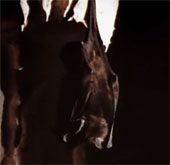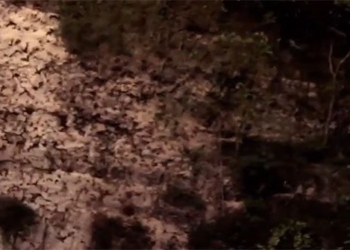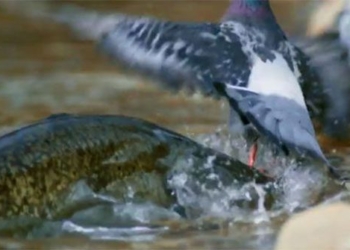The Indian cobra slowly devoured a smaller Russell’s viper, stretching its jaws wide to grasp the prey from the head in a farm located in Gujarat.

The Russell’s viper fell victim to the cobra.
The wildlife rescue organization Wildlife SOS was called to the Madhu farm in Kalali, where a 1.8-meter-long Indian cobra was consuming a 1.5-meter-long Russell’s viper after a fierce battle. They shared a video of the incident on social media Twitter on June 15. Wildlife SOS staff carefully removed the cobra from the farm and released it back into its natural habitat.
“The situation could have gone the other way. In that case, the Russell’s viper would have emerged victorious and swallowed the cobra. This behavior is common among snake species. Typically, the larger snake wins,” said Raj Bhavsar, project coordinator at Wildlife SOS.
Video: Wildlife SOS
The Indian cobra can grow up to 2 meters long, primarily hunting mammals, amphibians, smaller snakes, and lizards. They are found throughout India, Pakistan, Sri Lanka, Bangladesh, and southern Nepal. Meanwhile, the Russell’s viper mainly preys on rodents. “The Indian cobra and the Russell’s viper are part of the ‘big four’ venomous snakes in India. Their bites can be fatal. Our staff is thoroughly trained to conduct rescues carefully without affecting the snake’s natural behavior,” shared Kartick Satyanarayan, CEO and co-founder of Wildlife SOS.
The snake in the video uses a special mechanism to swallow prey much larger than its head. Its lower jaw is connected to elastic ligaments, allowing it to stretch and widen its mouth. This enables the snake to consume large prey and survive for months without eating again. The snake slowly ingests large prey like the Russell’s viper by moving each jaw independently and pushing its head forward, inching the food into its throat bit by bit. However, the digestion process is very slow, leading to the risk of the prey decaying, releasing gas, and causing bloating inside their bodies.





















































